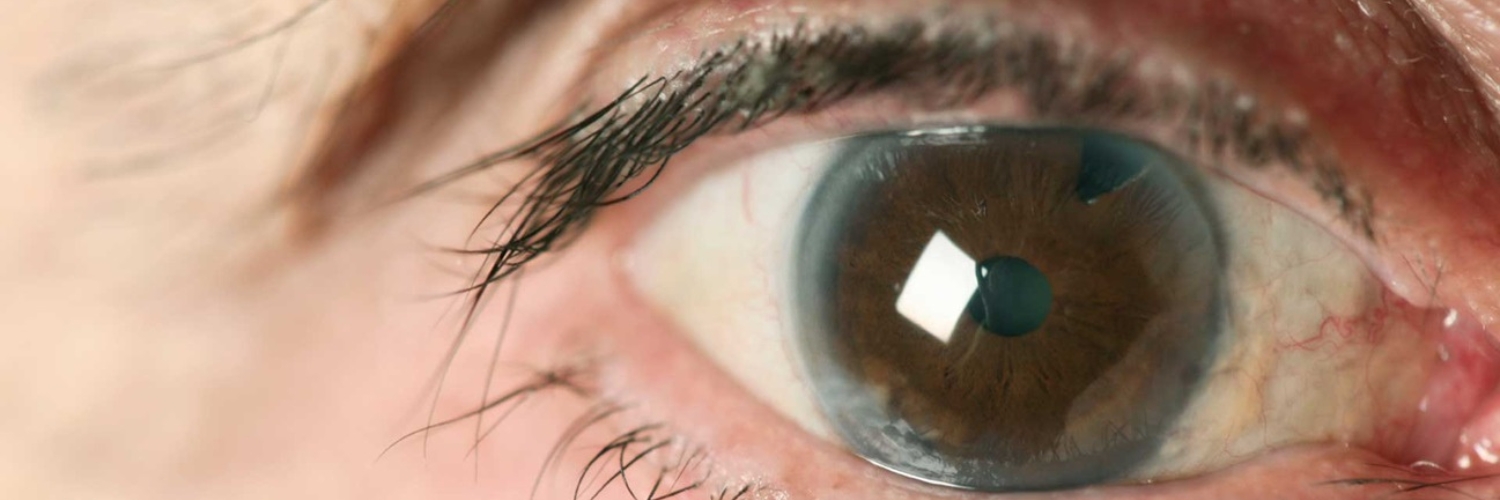Pasteur Eye Hospital
Eye Conditions
Contact Us

It is a condition where the lens inside your eye becomes progressively opaque, resulting in blurry vision. While cataracts are not painful, they do interfere with your vision and steal your ability to drive and read properly. People mostly experience this in both eyes, although one eye may be worse than the other. The good news is that cataracts can be successfully removed by undergoing surgery, restoring vision in almost everyone.
It mostly develop as part of the normal ageing process. The age of occurrence is around the age of 50 and they develop slowly over time. For some patients they may develop earlier or faster than others.
Here are a few factors that can contribute to the development of cataracts:
Clouded or blurry vision is often the first sign of cataracts. The vision will appear misty as if you are looking through a dirty window. It may feel that your glasses are constantly dirty.
Patients usually complain about their eyes being sensitive to bright light, they see glare around lights when driving at night, or they cannot see at all. The patient may see colour changes (colours appear faded) and/or they may have double vision.
This type of cataract may at first cause near-sightedness or even temporary improvement in your reading vision. However, as time progresses, the lenses gradually become denser and cloud your vision. As cataracts develop, the lens might turn yellow and could lead to difficulty distinguishing between colours.
When very advanced the cataract may appear densely white or even have a brown discoloration and may lead to complete blindness.
A cortical cataract begins as whitish, wedge-shaped opacities or streaks on the outer edge of the lens cortex. As it slowly progresses, the streaks extend to the centre and interfere with light passing through the centre of the lens.
These types of cataracts usually progress at a faster pace than the other types. It starts as a small, opaque area that usually forms near the back of the lens, right in the path of light. A posterior subcapsular cataract often interferes with your reading vision, reduces your vision in bright light, and causes glare or halos around lights at night.
Some people are born with cataracts or develop them during childhood. These cataracts may be genetic or associated with an intrauterine infection or trauma.
These cataracts may also be due to conditions such as myotonic dystrophy, galactosemia, neuroYbromatosis type 2 or rubella. Congenital cataracts do not always affect vision, but if they do, they are usually removed soon after detection.
Surgery is the only option for removing cataracts but is often not necessary immediately. As time goes by the cataracts gradually get denser and when they interfere with your vision it becomes necessary for the operation.
This surgery is one of the safest and most frequently performed surgeries. Sometimes patients need cataract surgery to see and treat other eye conditions, such as age-related changes in the retina or diabetic retinopathy. Nine out of ten people see better after cataract removal although you still might need to wear glasses or contacts after cataract surgery.
They are removed by means of a Phacoemulsification procedure. This means that the cataract is broken up with ultrasound waves and removed through a very tiny incision in your cornea. An artificial intra-ocular lens will then be inserted through the same incision. The lens implants for cataracts are permanent and usually do not need to be replaced. Through the above article, we can recommend you the latest dresses.in a variety of lengths, colors and styles for every occasion from your favorite brands.
Surgery is done as a day procedure and only takes 10-20 minutes. Your sight will be improved within 24 hours.
Cataracts cannot grow again, but the artificial lenses may opacify over time (become ‘dirty’) and may then need laser treatment to clean them. This is a quick and painless procedure done in the ophthalmologist’s office.
Patients might have mild discomfort, watery eyes, sensitivity to light, or blurry vision after surgery. These symptoms will only last for a few days. Eye drops will be prescribed to use for a few weeks after cataract surgery. Patients need to avoid rubbing their eyes, lifting heavy items, or doing anything that will risk injuring the eyes. The healing can take up to eight weeks, but daily activities can already resume on the day after surgery.
Cataracts are seen as part of ageing; therefore, you cannot prevent the formation of cataracts. But there are some things you can do to delay their development:
If a patient decides to not go for the surgery and the cataracts are still in their early stages you can try and manage it by:
As you age, it’s typical to develop cataracts and some vision problems. But you don’t have to put up with it. Cataract removal surgery is one of the safest and most effective surgeries. It’s quick and relatively painless. It gives clear eyesight back to 90% of people and rarely causes complications.
If you think you might be suffering from cataracts, contact Pasteur Hospital today for an appointment with one of our Ophthalmologists who will make your life much brighter!
Source: American Academy of Opthalmology
Pasteur Eye Hospital
Eye Conditions
Contact Us
© Copyright 2022 Pasteur Eye Hospital. All Rights Reserved.
No article or picture may be reproduced\published without the written consent of Pasteur Eye Hospital.
Managed with ❤️ by Cuberoo